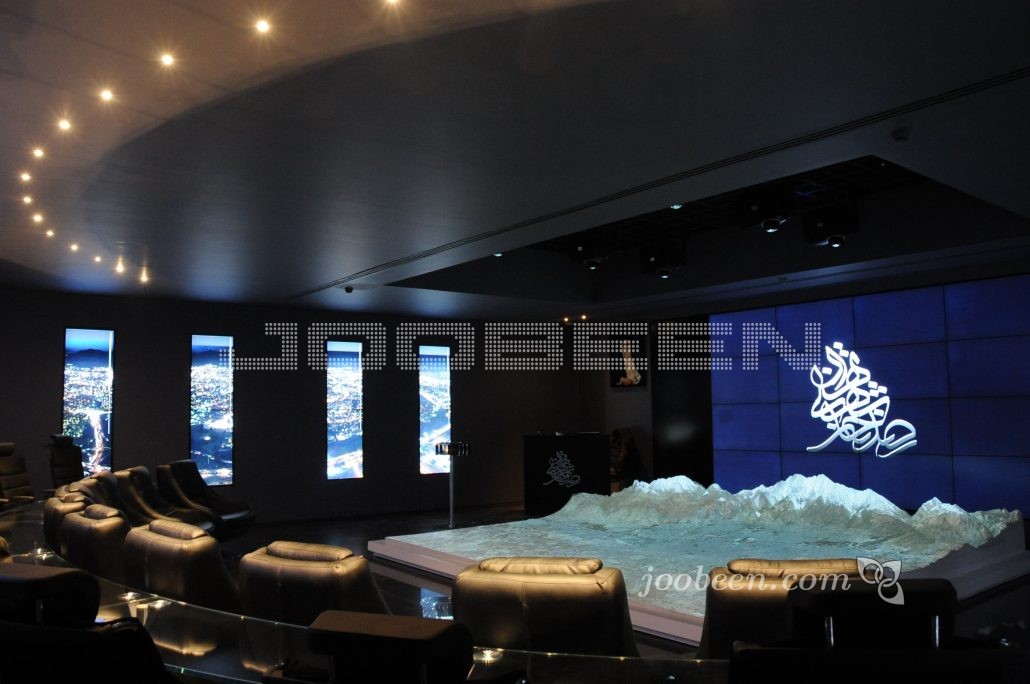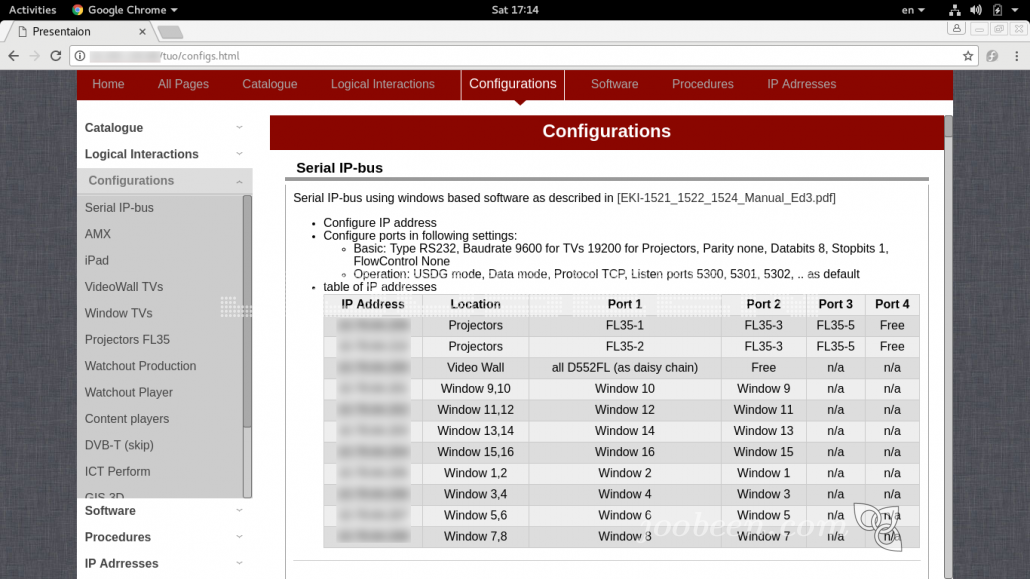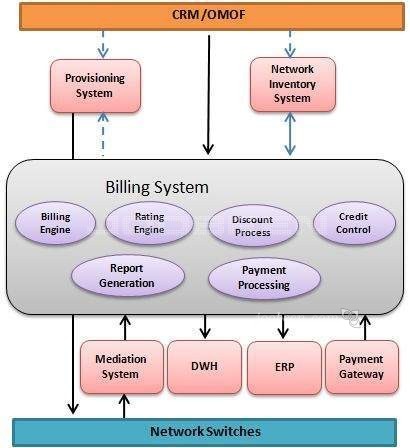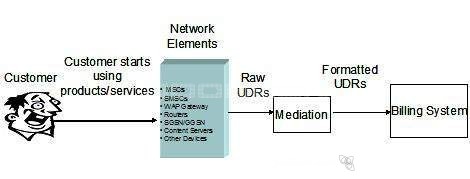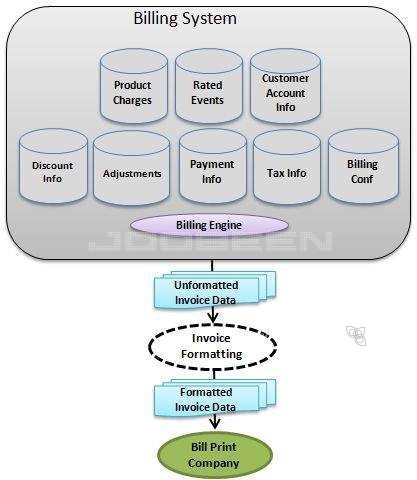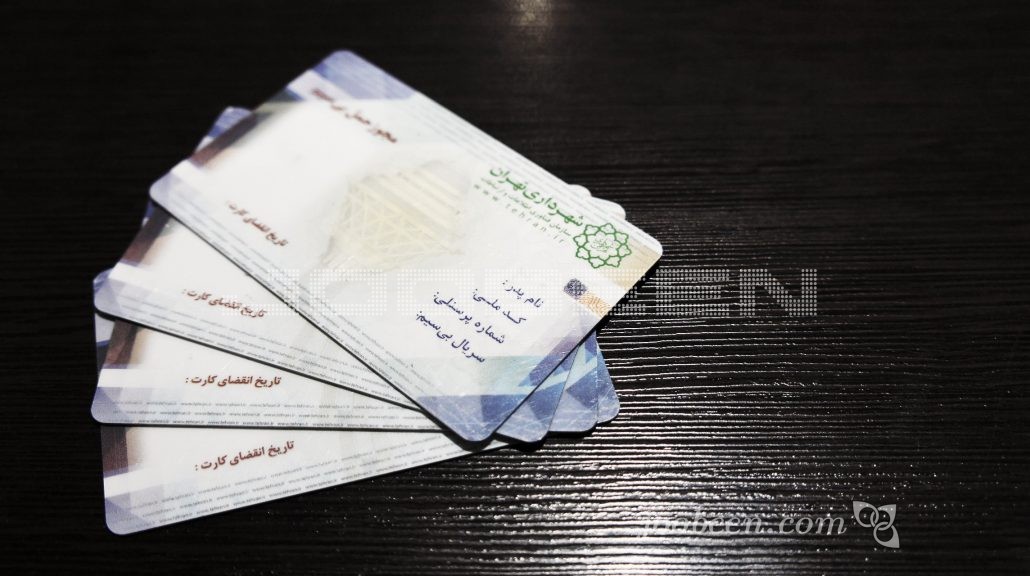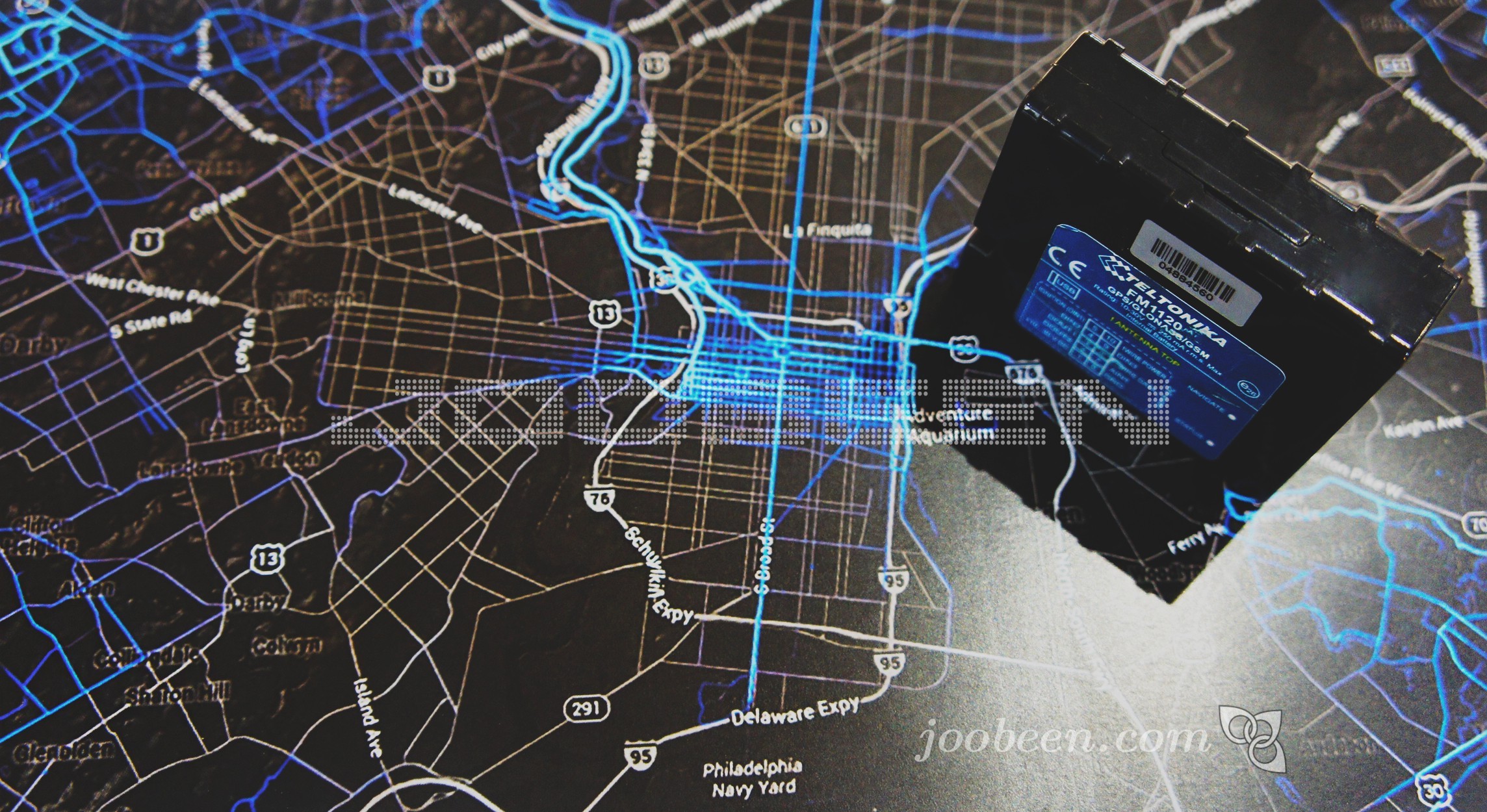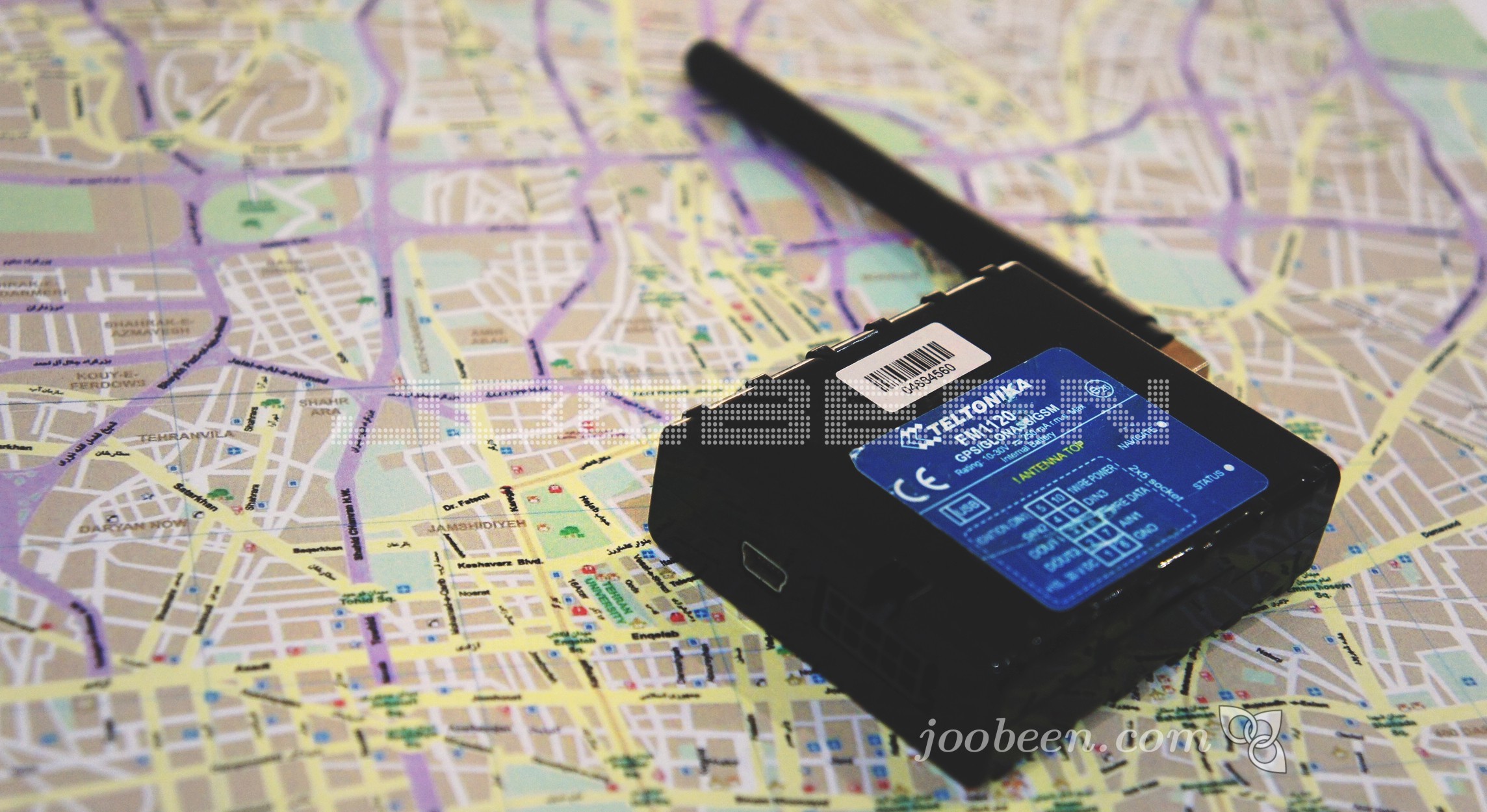IP Public Address
IP Public Address(I2PA)
To manage enterprise organizations, you need devices to have efficient control on each part. IP-based devices are a perfect solution to manage sound issues; such as paging, playing special tracks, etc.
Your administrators can easily control the nodes, customize powering on and off, controlling volume, calling to a specific node or the whole as a pager.Easy to install and control.
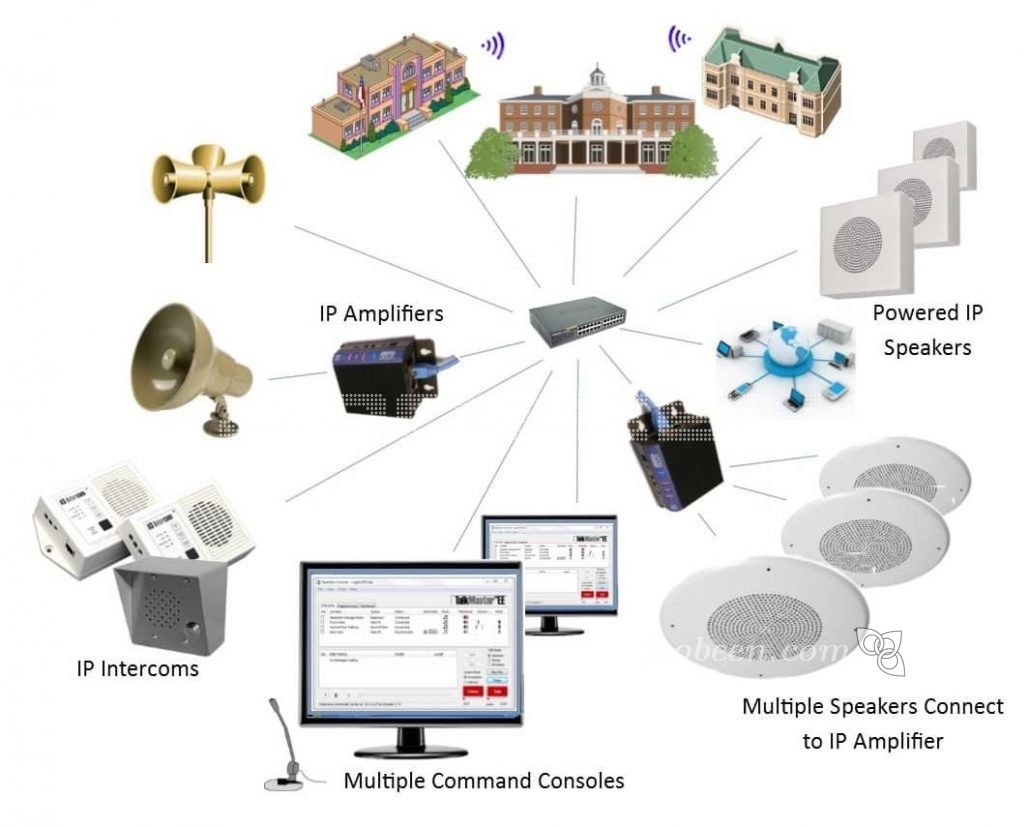
Why IP?
Nowadays, almost all the buildings are equipped with a network infrastructure. The audio over IP technology has the huge advantaged to be able to use this existing network and to cross easily routers and even use the internet.
Where to use it?
You would be surprised if you knew where we have already installed Audio over IP solutions. From the standard applications like shopping malls, hotels, museums, theme parks, hospitals, schools to more tricky and original applications… IP networks are everywhere.
Benefits
With I2PA, you will have a price competitive solution to answers to a lot of applications. By using the standard network and the POE technology you will simplify the installation and the network topology. Because it is IP based, the monitoring and the maintenance are simplified.
Powerful platform
These small I2PA devices have a powerful processor, linux based. You will find a remarkable list of features like priority management, backup management, event management, scheduler, local channel and volume control, paging, echo cancellation, noise reduction.
Audio streaming
I2PA offers the possibility to stream using the standard RTP protocol in unicast, multicast or broadcast. For some applications, like the Instore, the I2PA can stream using shoutcast/ icecast protocols.
SIP benefits
All I2PA devices are using the SIP technology. It brings you the benefit to have a standard session protocol with its inherent simplicity, to be compatible with IP PBX & soft phone, to forget the complex management of IP address world.
PoE benefits
All I2PA devices support the POE, Power Over Ethernet. With POE, the constraint of having AC power outlets is eliminated. This provides flexibility in placing I2PA devices in the most optimal locations instead of choosing locations where power is available. Optimal placement leads to more efficient network designs and better application performance. And if one day you want to change the location of your I2PA , it would be easier. The network installation can be accomplished easier, faster and for less cost. It is also safer because you can centralize the power management and protect it with an uninterruptible power supply (UPS). And finally with a manageable PoE LAN switch via a web browser or by SNMP, remote networking devices can be easily reset or shut down saving the time and expense of dispatching a technician.
Management
we embed a web server that enables you to configure the I2PA through LAN/wifi. you can use the SNMP protocol for finding and monitoring all devices. the PASERVER will be your supervisor and the management solution of your installation.
And now you can review our solutions in diagrams:
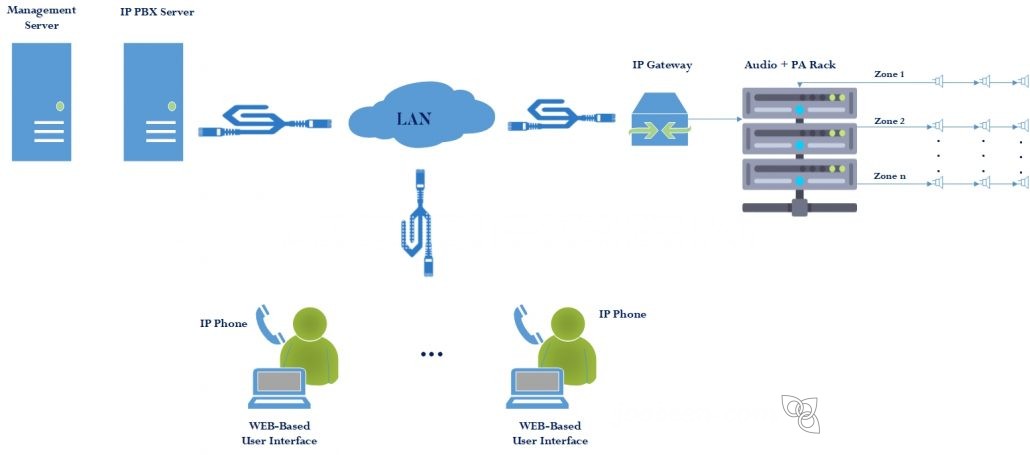
IP Gateway Diagram
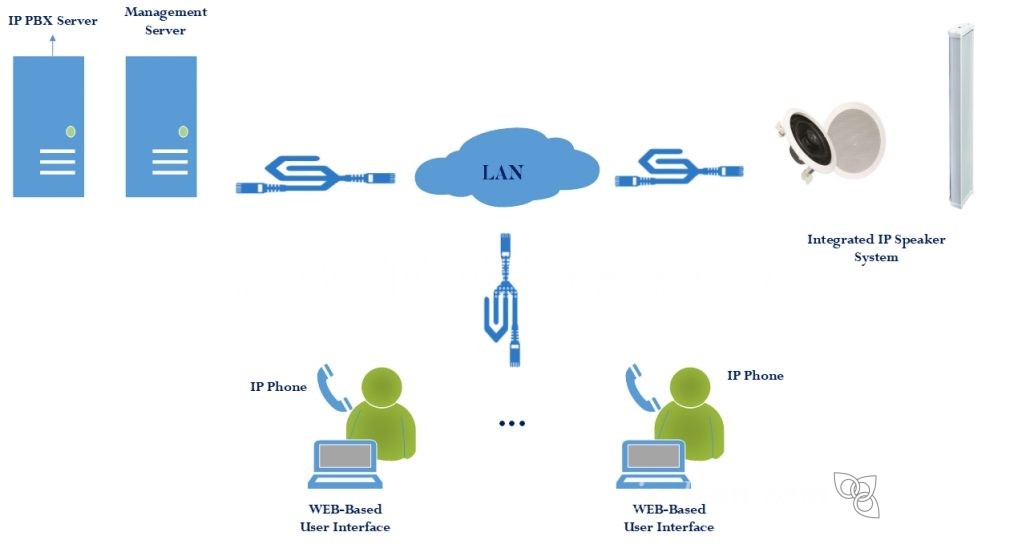
IP Speaker Diagram
You can review all case studies we’ve done:
Tehran Metropolis City-wide Public Address system, integrating SIP-based paging and occasional music/sound play, with performance of automatic and accurate calls for Adhan.
At the moment more than 900 points IP-Gateways have been installed in the city.
System Objects:
Time synchronisation between clients is less than 50ms
Offline and Online operation
Stream playback (nearly all AUDIO formats)
SNMP Service
Linux Gentoo OS , Very secure and reliable
Activity log can be stored locally on SQlite or PostgresQL Databases
Applications are written in C and Perl
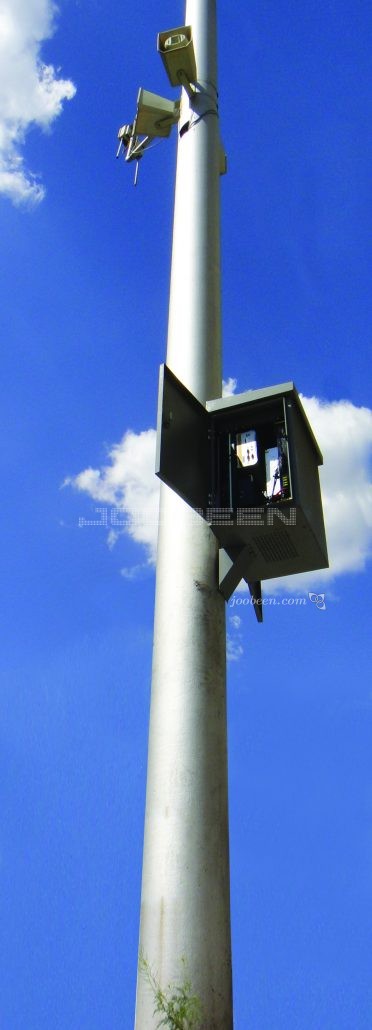

Tehran book garden is the Largest Permanent Book Exhibition Complex in iran. 12 IP-Gateway systems were installed and are being used for public paging in selective or all zones, and it also plays specific music playlist for each zone with performance of automatic and accurate calls for Adhan. This system receive paging source from authorized sip phones, and other services and configurations are managed via web interface.
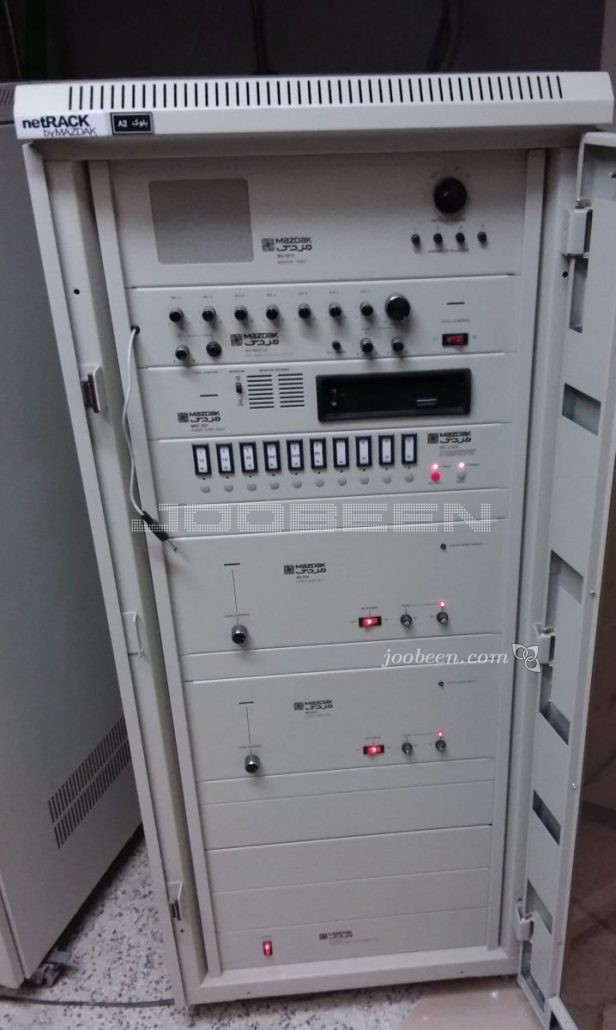
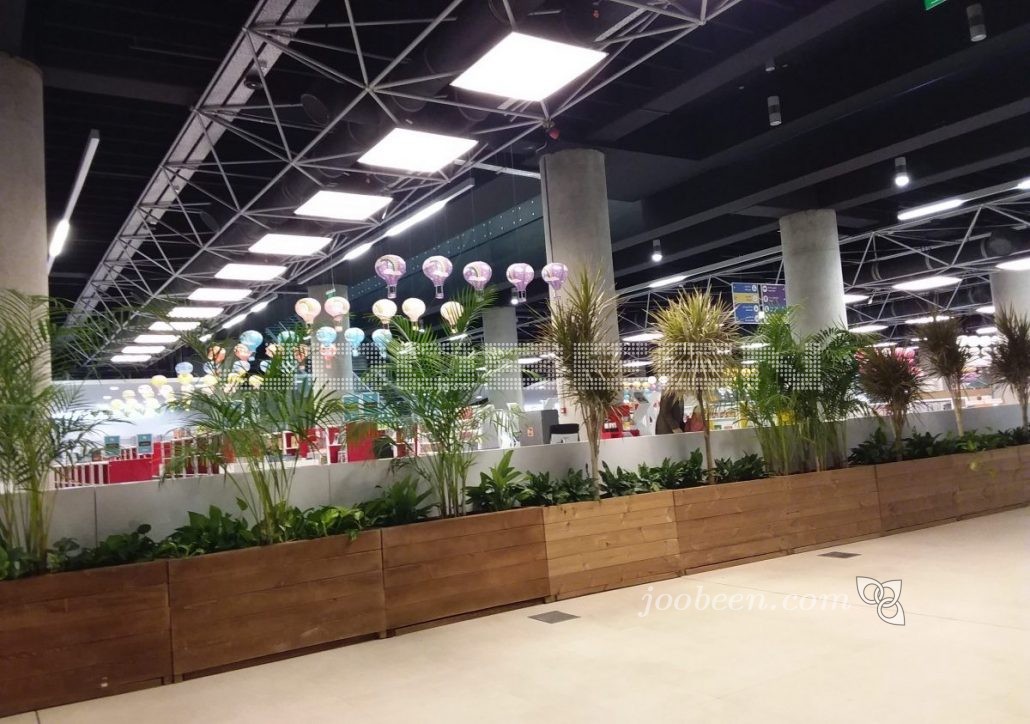
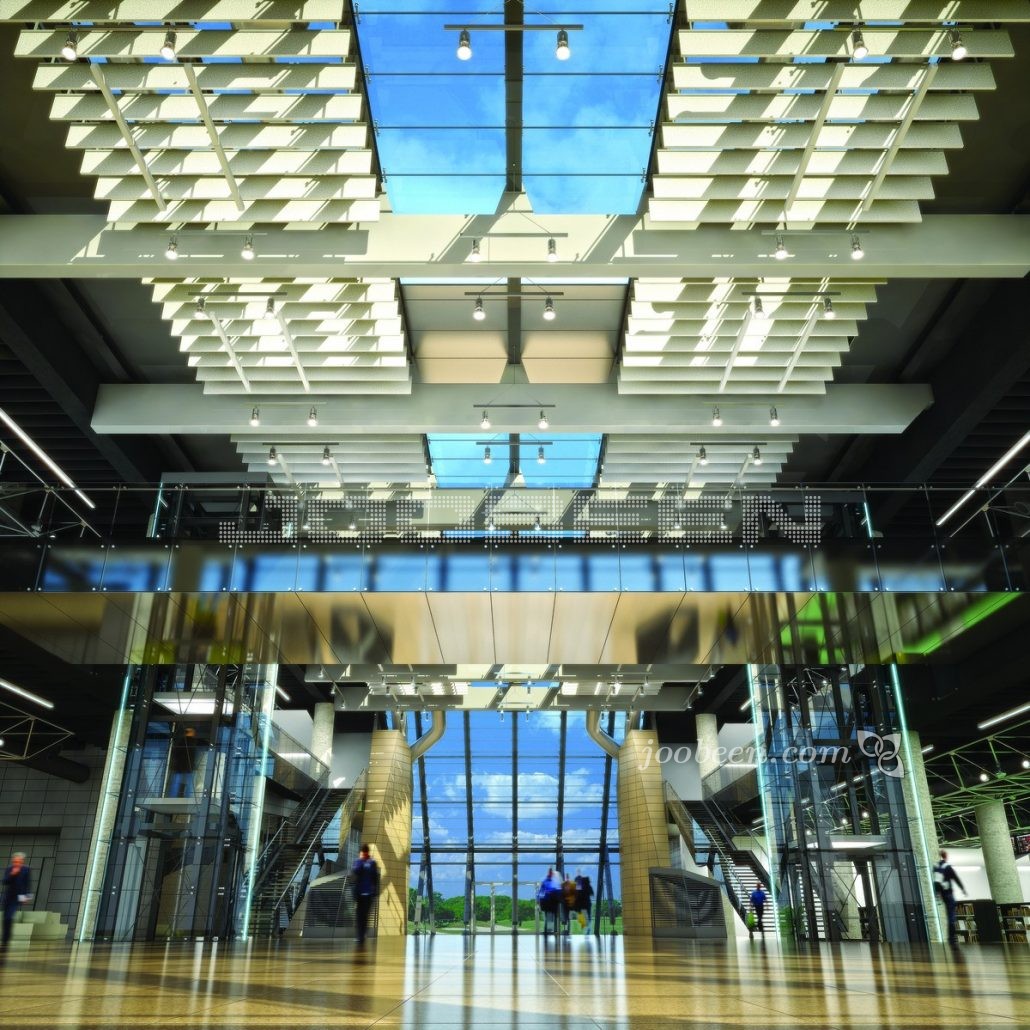
The Shahr-e-Aftab International Exhibition as the greatest exhibition project of our country has been constructed with the area of 275 hectares next to the Khalij-e-Fars highway. 100 IP-Gateway systems were installed and are being used for public paging in selective or all zones, and it also plays specific music playlist for each zone with performance of automatic and accurate calls for Adhan. This system receive paging source from authorized sip phones, and other services and configurations are managed via web user interface.
20 IP-Speakers were installed in the stairs and floors of TMICTO building. IP-Speakers are being used not only for paging in different zones of this building, but they also play audio files like Adhan and Music.
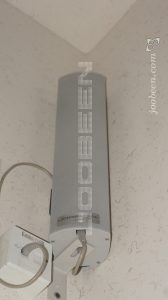
Iraq – Arba’een Ceremony – missing persons committee
Public Paging System implemented in Iraq for Arba’een ceremony. 50 IP-Speaker were installed in the path from Najaf city to Karbala to help people traverse the direction of these two city to the holy shrine of Imam Hussein.
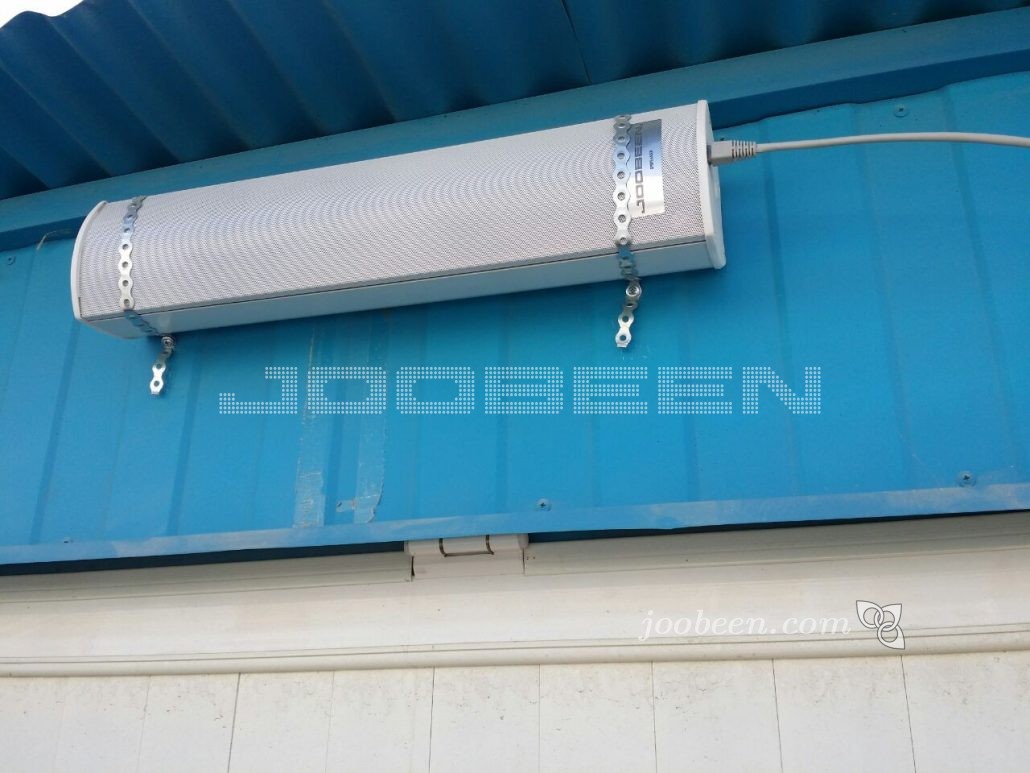
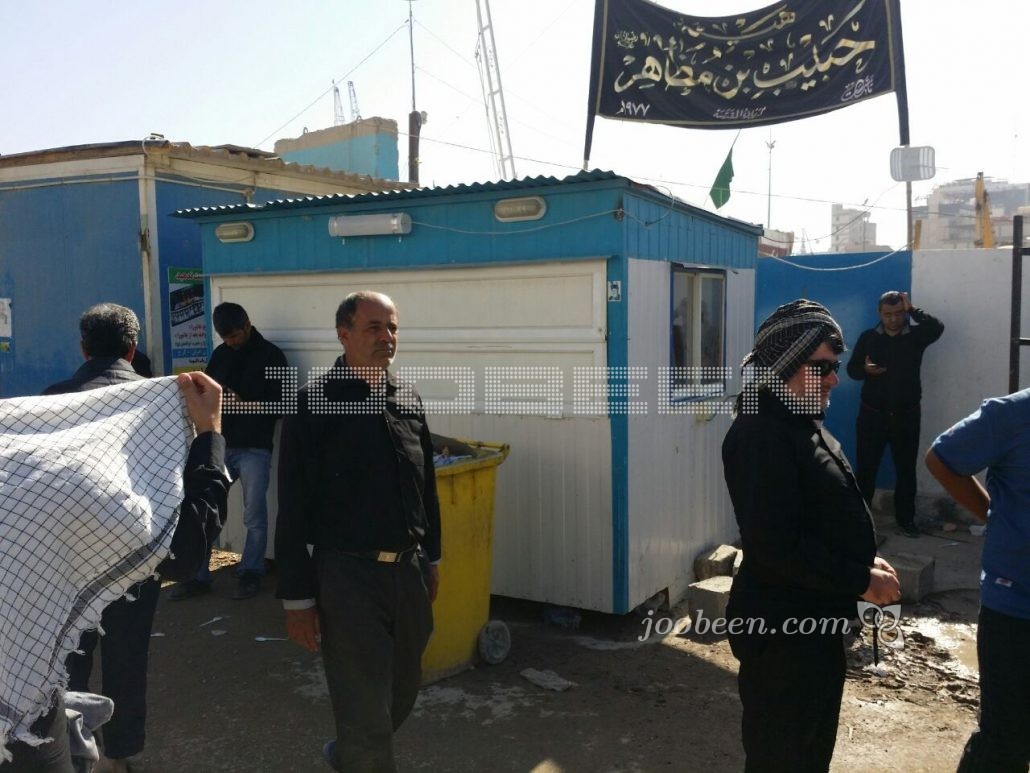
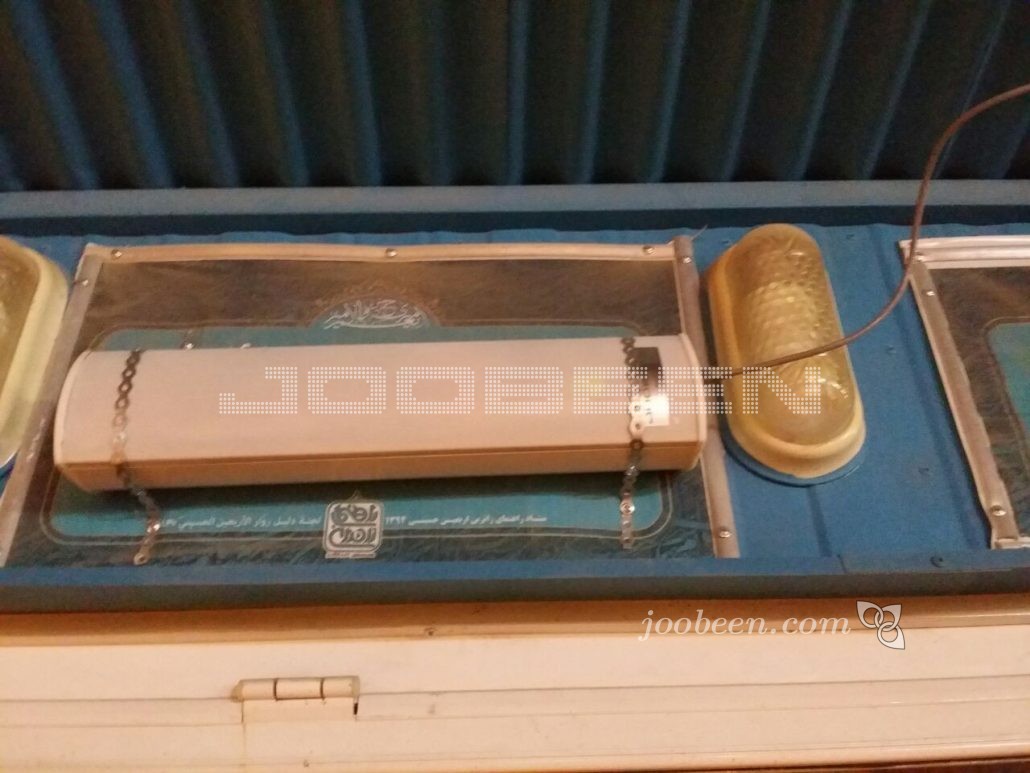
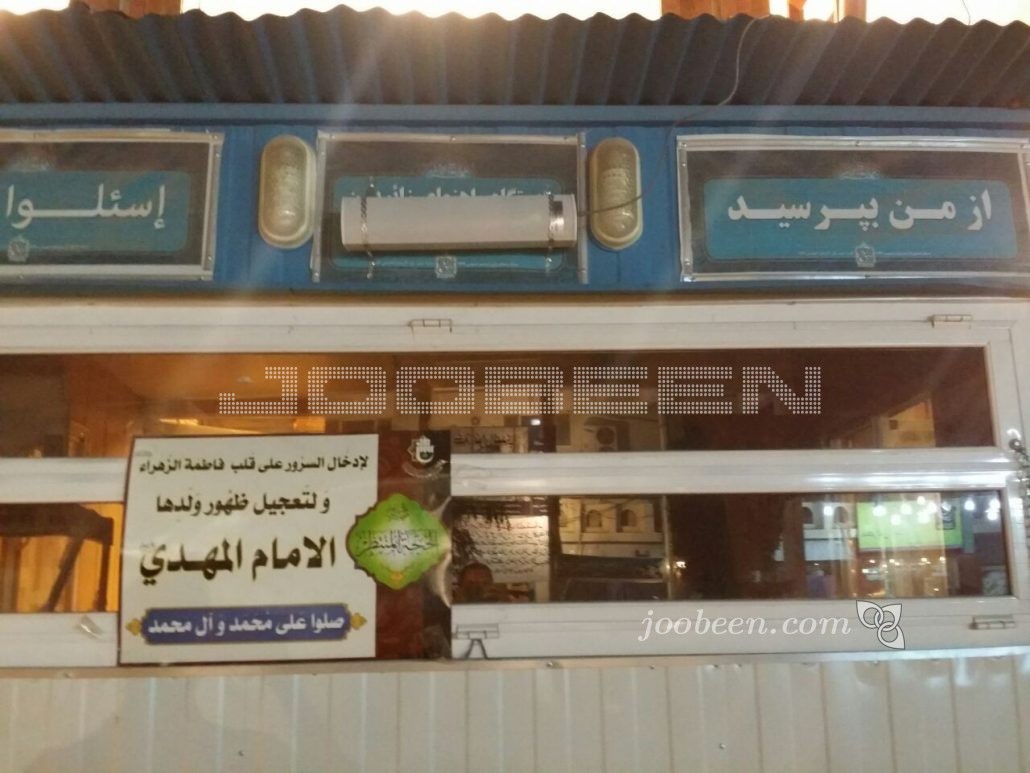
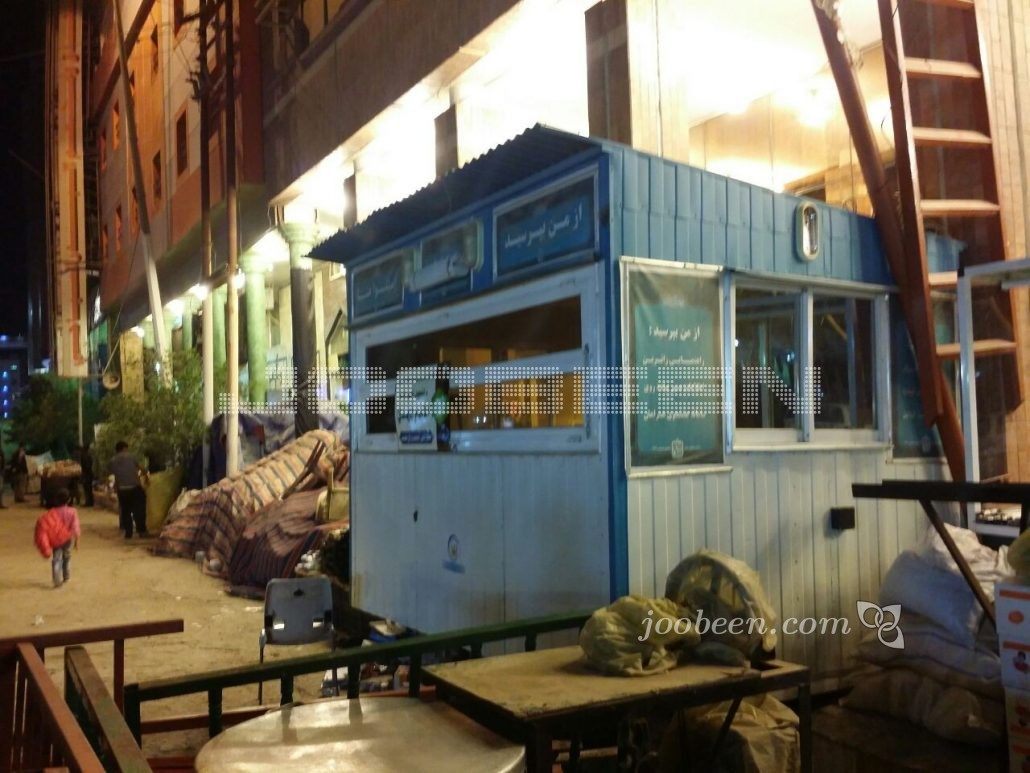

During a city maneuver in Tehran, 50 IP-speaker system were tested in schools in order to teach students how to be control themselves and be aware during a disaster. After the project completely tested successfully, the whole 50 speaker were implemented in municipality’s subsidiary offices.
20 IP-Speakers were installed 10 floors of FAD building. IP-Speakers are being used not only for paging in different zones of this building, but they also play audio files like Adhan and Music.

